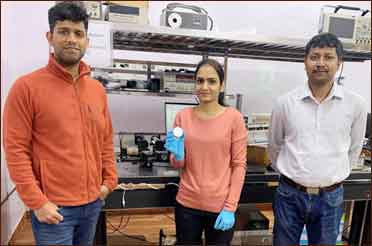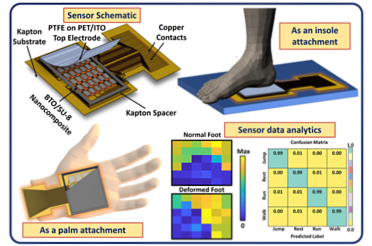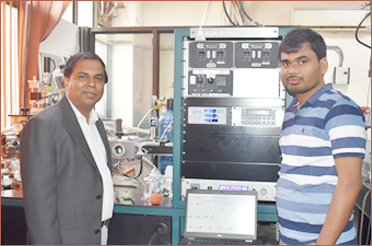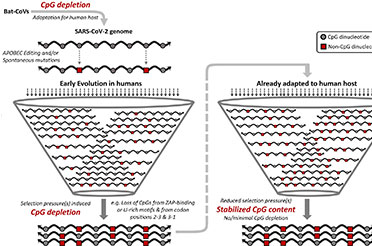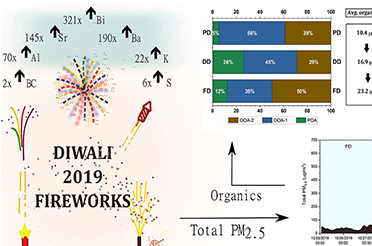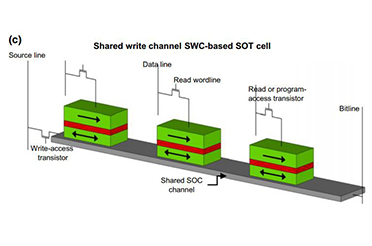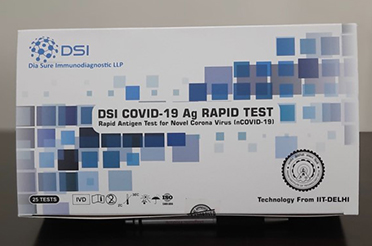Publish Date: April 19, 2023
Researchers Estimate Probability of Getting Infected with COVID-19 in Indoor Spaces
Share this on

New Delhi: IIT Delhi researchers have demonstrated a procedure for estimating the probability of infection of a healthy occupant when living in the same enclosed space as a COVID-19 infected person breathing out pathogens.
This has been shown in a recently published study titled "MODELLING OF DISPERSION OF AEROSOLIZED AIR-BORNE PATHOGENS EXHALED IN INDOOR SPACES" by Mr. Praveen Sharma (M.Tech. student, who has now graduated), Prof. Supreet Singh Bahga and Prof. Amit Gupta (Department of Mechanical Engineering, IIT Delhi) in the journal "Physics of Fluids".
This is one of the first demonstrations of estimating the likelihood of infection from a purely fluid dynamics perspective and considers the role of many occupants that affects the pathogen's spread.
Link to the study- https://aip.scitation.org/doi/10.1063/5.0142869.

(Figure 1: A recreated schematic of the three-dimensional representation of a typical lecture room of 60 occupants at IIT Delhi)
Despite sufficient indications of its culpability, there has been a lack of data to quantify the role played by the breathing-out of pathogens in the spread of SARS-CoV-2 since the beginning of the COVID-19 pandemic.
In this work, the researchers established the role of aerosol dispersion of the SARS-Cov-2 virus and similar airborne pathogens on the spread of the disease in indoor spaces. They performed realistic simulations of air flow in two representative IIT Delhi classrooms along with large number of occupants. The simulations were used to compute the dispersion of SARS-Cov-2, and to estimate the likelihood of infection faced by other occupants seated at various locations.
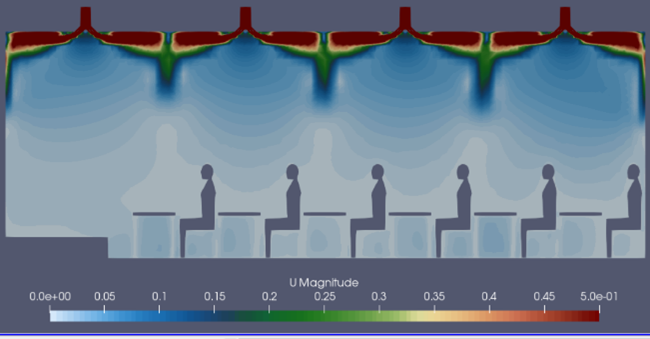
Figure 2: Representative velocity magnitude contours for the classroom with 60 occupants and ventilation rate of 6 air-changes-per-hour (ACH)
According to Praveen Sharma, the lead author of this work, “We correlated the pathogen density exhaled by a SARS-Cov-2 infected person to its spread in the indoor space. We analyzed the effect of number of air changes per hour and the placement of inlet and exit ducts in the room on the spread of the pathogen. Our simulations incorporated the time-periodic inhalation-exhalation cycle of the infected occupant to mimic a realistic scenario.”
“Prior to our study, the best mathematical models assumed an equal likelihood of infection when a healthy human is sharing an indoor space with an infected person. This is called the well-mixed model that is conventionally used to quantify the time-duration to be infected”, Prof. Supreet Bahga said.
Prof. Amit Gupta added, “In our simulations, turbulence in the flow allows for dispersion of these pathogens to all parts of the room. Using computational fluid dynamics (CFD) simulations, we recommend that heating, ventilation and air-conditioning (HVAC) systems for indoor spaces be designed to minimize the risk of infection for healthy occupants”.
The study further found that higher ventilation rates and the proximity of the infected person to the inlet and exhaust vents play an important role in determining the spread of the pathogen. In the case of classrooms, a ventilation rate equivalent to 9 air changes per hour or more is recommended.
The simulations by the researchers also show that the "one-metre distance rule" between the occupants can significantly reduce the risk of spreading infection by a high-emitter.

(Figure 3: Contour of probability of infection by high emitter for varying ventilation rates measured at nose level of occupants. The red boxes indicate the position of the exhaust duct on the side walls)
*****















